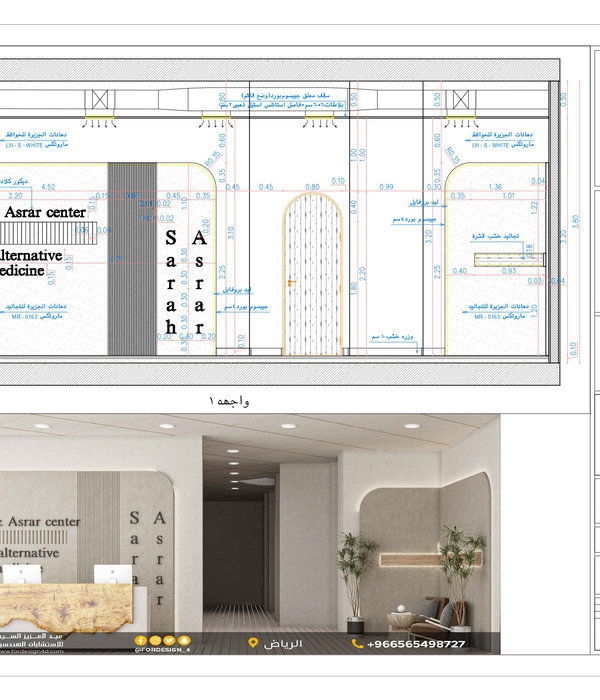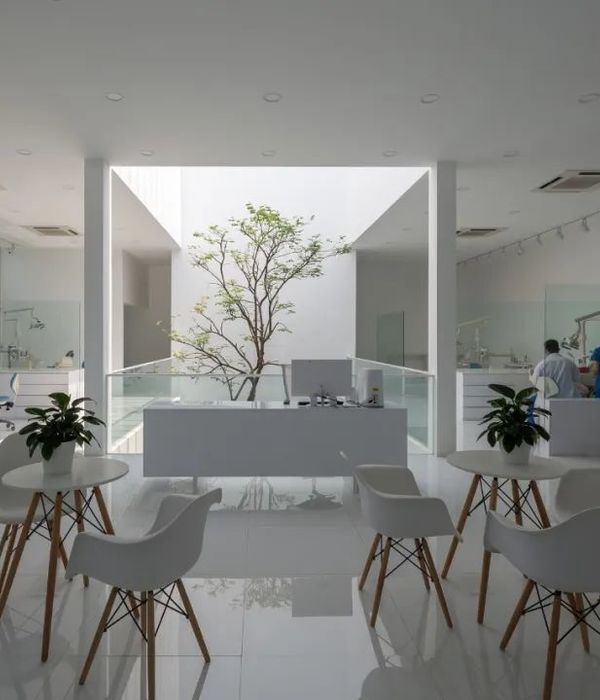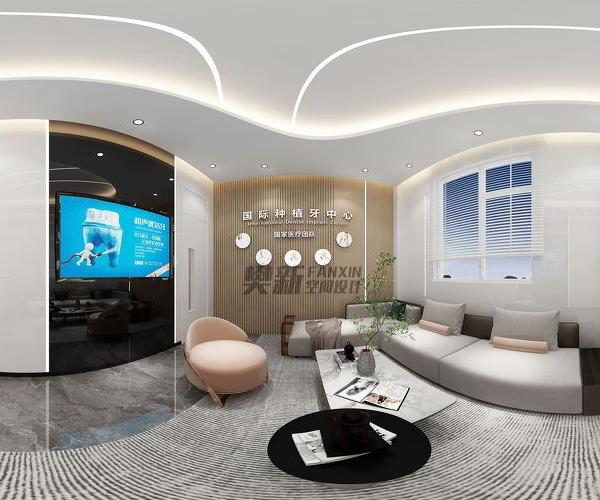Architects:Garrison Architects
Area :511 m²
Year :2022
Photographs :Eduard Hueber
Manufacturers : Sika, ExTech, Kawneer, Nucor Vulcraft, Peerless Lighting, Shoe-line, Stainless Steel Doors, Westbrook Concrete BlockSika
Civil Engineer :Wohl & O’Mara
Lanscape Architect :Wallace Roberts and Todd
Structural Engineer :Murray Engineering
MEP Engineer :Plus Group Consulting Engineering PLLC
Lighting Designer :Cline Beatrice Bernstein Lighting Design
Principal Architect : James Garrison
Project Manager : Anthony Andrews
City : Staten Island
Country : United States
The Staten Island Animal Care Center creates a humane and controlled environment for animals awaiting adoption. The heart of the design is a reversal of the typical arrangement of animal care facilities: animals are housed around the perimeter of the building while offices and service functions are placed in the interior. Since the staff spends most of its time with the animals, this arrangement benefits both.
Dispersing the animals along the exterior mitigates any disruption caused by a single, troubled animal, and improves the mood of all by providing them with copious natural light. This social strategy, combined with the translucent exterior, creates a lively façade populated by animals. At night, the soft glow of the building illuminates an otherwise dark neighborhood.
The building is sheathed in a highly insulating, translucent polycarbonate envelope which maximizes natural light and allows for a very lightweight structure. Light enters the building from all directions via a recessed clerestory court creating a pathway for natural ventilation. Since animal shelters do not recycle ventilation air, heat energy can be recovered from exhaust air.
The building is designed as a low-budget, high-performance facility using locally produced materials with high recycled content. Materials were chosen to withstand abuse and minimize long-term maintenance costs, further reinforcing the life cycle sustainability of the building. Landscape design follows a similar principle using drought-tolerant indigenous plantings to lower maintenance and water use.
▼项目更多图片
{{item.text_origin}}












